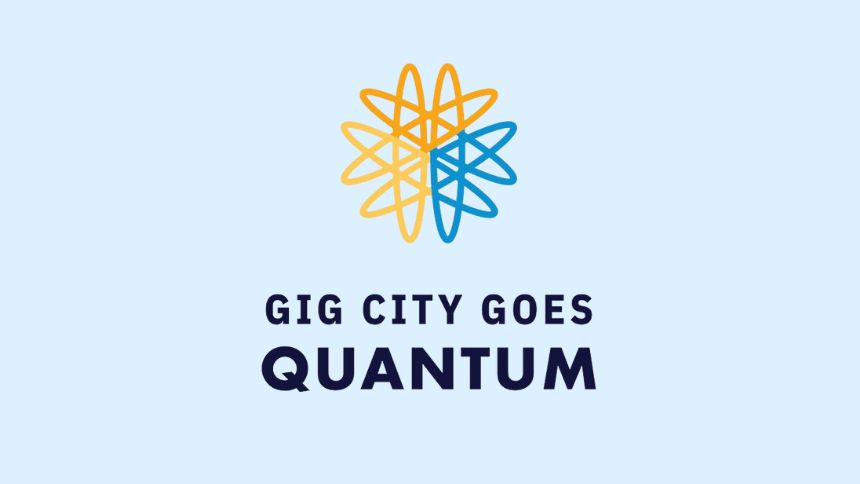
Gig City Goes Quantum more than doubles learning activities during World Quantum Day
The mid-April to end of May event increased awareness of future jobs in Chattanooga in the cutting edge arena of quantum networking.
Visitors to GigCityGoesQuantum.com completed more than 2,200 quantum learning activities between April 14 and the end of May, according to a news release (EPB Gig City Goes Quantum Release) from EPB in Chattanooga. That number of participants more than doubled the established goal for the effort which was 1,000 activities.
As previously spotlighted in teknovation.biz on several occasions since the November 2022 announcement, the EPB Quantum NetworkSM powered by Qubitekk will be America’s first industry-led, commercially available quantum network designed for private companies as well as government and university researchers to run quantum equipment and applications in an established fiber optic environment. The community-wide participation in World Quantum Day, led by Gig City Goes Quantum, was a significant opportunity to raise awareness and also educate individuals, particularly the workforce of the future, about the cutting-edge technology.
Participating organizations included Chattanooga 2.0, Chattanooga Area Chamber of Commerce, Chattanooga Public Library, Chattanooga State Community College, City of Chattanooga, CO.LAB, The Enterprise Center, EPB, Hamilton County Schools, Hamilton County Government, Public Education Foundation, Qubitekk, University of Tennessee at Chattanooga, and Xairos.
In all, about 120 teachers used Gig City Goes Quantum resources to reach more than 8,000 students in nearly 400 Chattanooga area classrooms during the World Quantum Day observance. One of those cited in the EPB news release was Blake Laing, a Professor at the Southern Adventist University School of Engineering and Physics. After sampling the quantum learning activities collection, he and his college students found the “Qupcakery” quantum computing game to be a particularly engaging tool for outreach to 6th-grade middle school students, but they felt the need to develop learning activities that illustrate three principles of QIS: quantization, superposition, and measurement probability.
“We started with the question ‘what is quantum?’ in terms of something that many students already are familiar with — musical octaves in musical instruments and in singing,” he explained. “We gave visual illustrations of the sound wave patterns for the octaves using jump ropes and other examples. We next demonstrated that a single ‘note’ is actually a classical superposition of a spectrum of overtones. Since 6th-grade students were already familiar with probability questions involving dice, we illustrated probabilistic quantum measurements by letting students roll paper dice and then performing measurements by smashing the dice.”
Like what you've read?
Forward to a friend!

